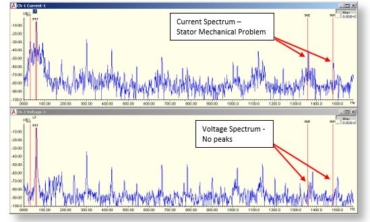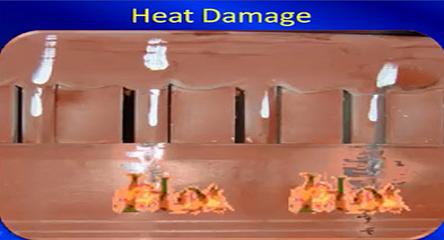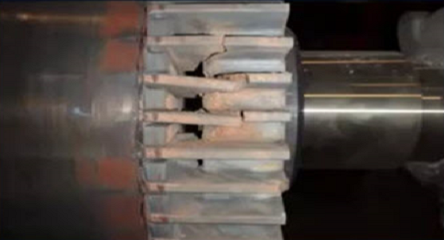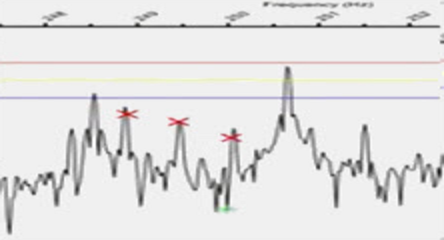About the Author
Mark Koch is a member of the Technical Support team at ALL-TEST Pro, LLC (ATP), where he has provided professional support worldwide for users of ATP equipment since 2014. He has 17 years of electrical and reliability maintenance experience. In 2001, he started his career as a construction electrician. During this time, he worked his way up from shop floor apprentice to a foreman in charge of starting and completing remodel and new construction projects. In 2010, he began working at the Metropolitan Sewer District (MSD) of Greater Cincinnati, Ohio, USA, where he learned electrical maintenance best practice and helped implement a predictive maintenance program (PdM). During his service at MSD, his team was the recipient of both the Uptime Magazine’s Best Emerging Maintenance Reliability Program Award and the Uptime Magazine’s Best Asset Condition Management Program Award. At MSD, he learned and provided routine PdM services such as thermography, vibration, lubrication, visual inspection, motor testing, and ultra-sonics.
Education and Certifications:
2001-2006- International Brotherhood of Electrical Workers (IBEW) Apprenticeship Program and the National Electrical Contractors Association (NECA) Inside Wireman Certification.
2013- PdM Visual Testing Level 2 Certification & Level 1 Thermographer Certification; 2014- Vibration Analysis Level 1T Certification.








does the same apply to generators also?
No this is true for AC 3 phase motors.
Great article! Stator mechanical faults can cause significant damage to electrical machines, leading to increased maintenance costs and downtime. However, early detection and diagnosis of these faults can help prevent catastrophic failure and minimize the impact of the fault. Electrical signature analysis (ESA) is a useful tool for detecting stator mechanical faults and can provide valuable insights into the health of the machine. By analyzing the electrical signals generated by the machine, ESA can detect changes in the machine’s operation and identify the underlying mechanical issues that may be causing the problem. Overall, ESA is an effective and non-invasive technique… Read more »